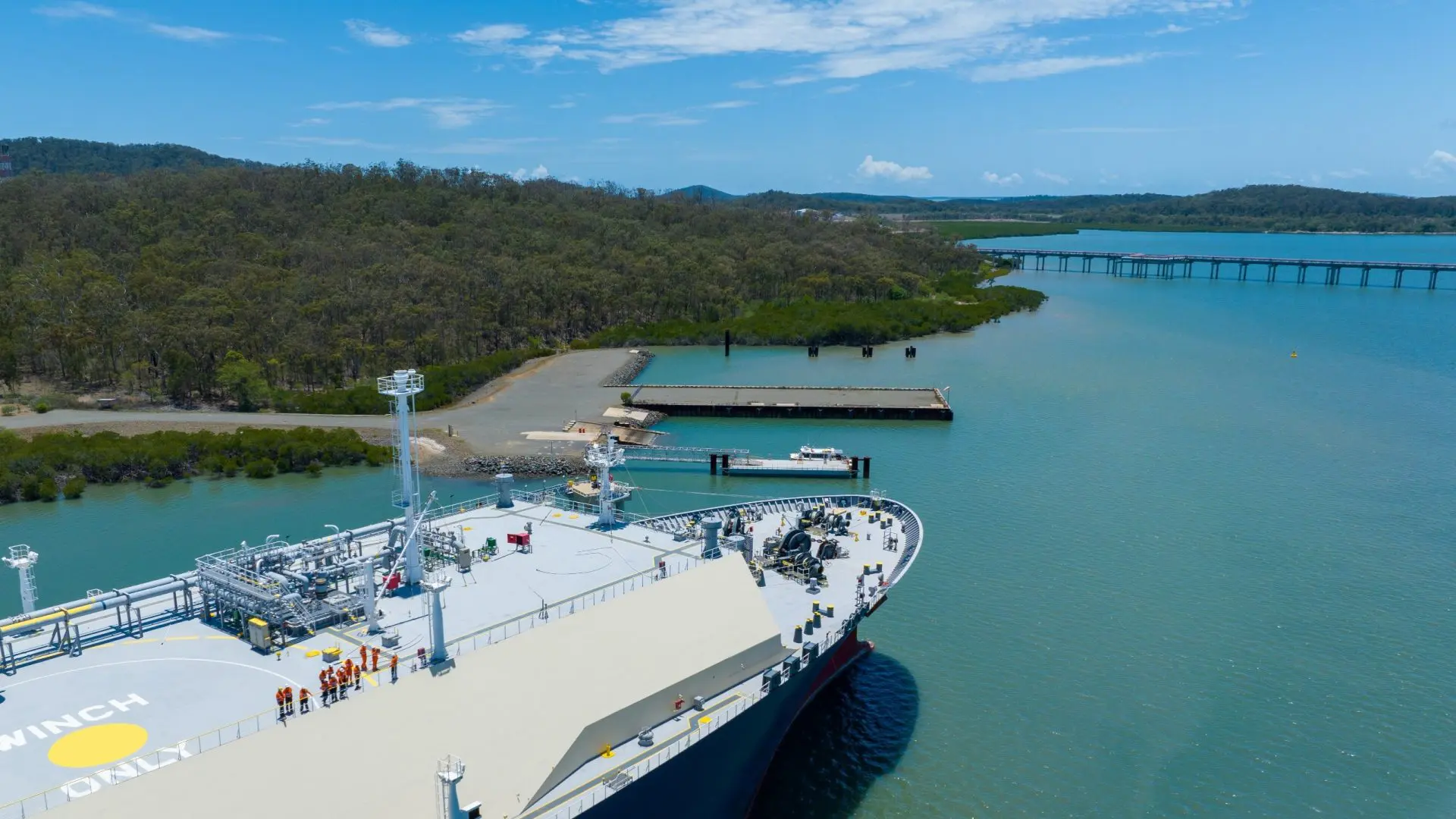This story requires a subscription
This includes a single user license.
Shell released its 2025 energy security scenarios, reimagining its Archipelagos and Horizon scenarios in the context of a world using artificial intelligence.
The company also added a third scenario, Surge, which explores the prospect of a new wave of economic growth driven by productivity improvements catalyzed by AI.
In Archipelagos, technology development is hampered by global concerns about resource, border and trade security, while Horizon takes a normative approach to investigate what the world would need to do to achieve net-zero emissions by 2050 and global warming limited to 1.5 degrees Celsius by the end of the century.
In all three scenarios, LNG shows significant growth in the near term, fuelled by ongoing projects in Qatar and the USA, reaching around 550 million tonnes per year (mtpa) by the end of the decade, Shell said.
According to Shell, divergence between the scenarios is a function of project timelines up until about 2030, but after that the scenarios diverge significantly as the different scenario drivers take hold.

Scenarios
Shell said Surge envisions growing demand for natural gas throughout the 2030s, as developing economies seek to use as many different types of energy as possible to meet their increasing needs.
Without major international pipelines, LNG supply continues to grow, reaching 700 mtpa, with most new projects located in North America, some of which will involve new field production and new LNG facilities.
Shell said LNG’s market share of overall global gas demand reaches around 25 percent by 2050, up from around 14 percent in 2024.
Moreover, Archipelagos presents a more prolonged use of gas, but peak demand is more modest than in Surge.
Shell said a heightened focus on energy security is evident in different ways: the EU continues to import LNG from the USA to offset the loss of Russian pipeline production, while China relies on gas imports from Central Asia and domestic production to moderate its LNG demand.
The net effect is a well-balanced and stable LNG market throughout the 2030s, plateauing at around 600 mpta, according to Shell.
In Horizon, the global decline in gas demand that begins in the 2020s as a normative requirement for net-zero emissions in 2050, starts to affect LNG, with demand peaking in the early 2030s, Shell said.
This results in existing infrastructure operating at low utilization rates as demand falls faster than the natural decline rate of the assets, Shell added.
Shell sold 65.82 million tonnes of LNG in 2024, a 2 percent decrease from 67.09 million tonnes of LNG in 2023.
On the other hand, Shell’s liquefaction volumes increased 3 percent to 29.09 million tonnes in 2024.
The company plans to release its 2025 LNG outlook on February 25.

